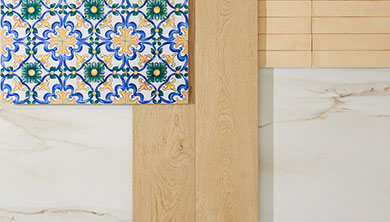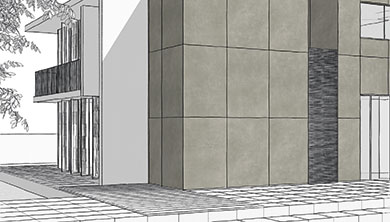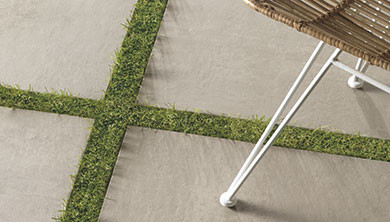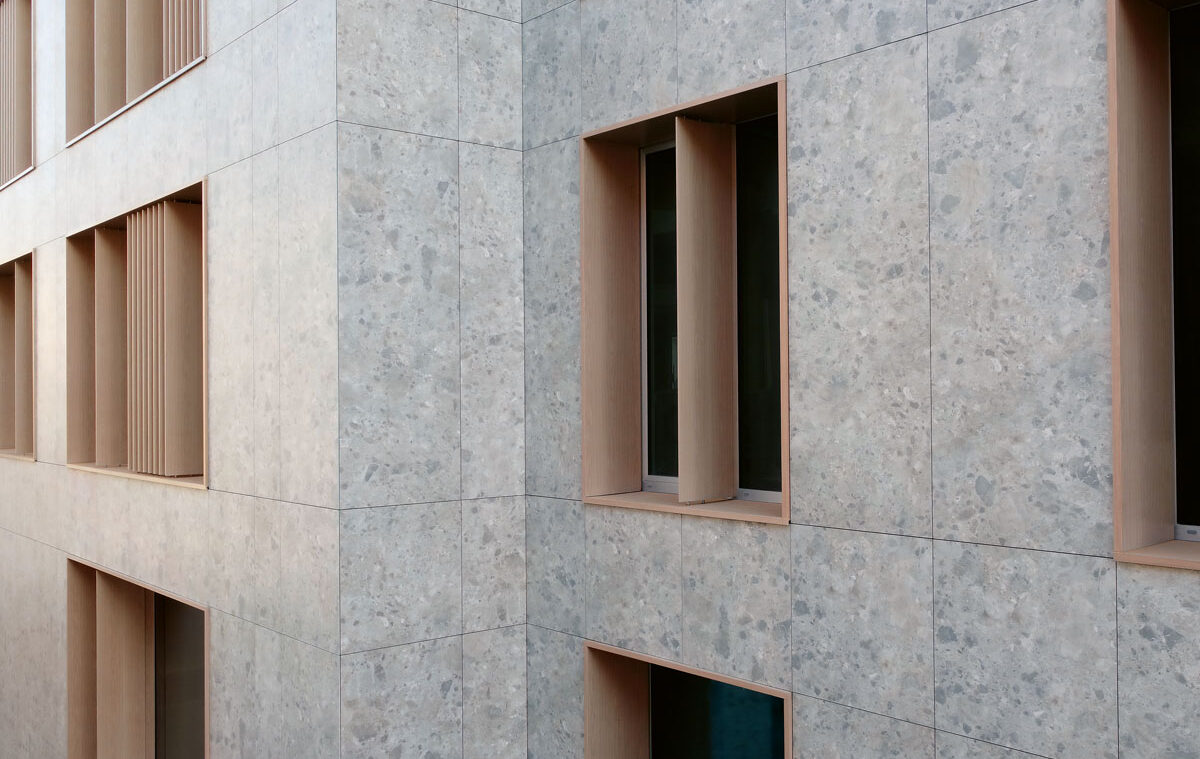LEED (Leadership in Energy and Environmental Design) certification is an international standard for the design, construction and operation of sustainable buildings. This system, developed by the United States Green Building Council and adopted in more than 70 countries worldwide, including Italy, aims to encourage the construction of energy-efficient, healthy structures with low environmental impact and a higher level of comfort for occupants. In this context, the choice of construction materials plays a crucial role in obtaining LEED credits and improving a project’s sustainability.
LEED certification is based on eight categories, each of which generates the entitlement to credits awarded in proportion to the sustainable practices adopted during a building’s design and construction. The aspects considered include energy performance, water consumption, the materials and resources used, the quality of the indoor environment, location and transport, the sustainability of the site itself, regional priorities and, last but not least, innovation.
Due to their intrinsic characteristics, ceramics can make a significant contribution to obtaining LEED credits in the various general categories on which the certification is based.
Ceramics and porcelain stoneware are made from natural raw materials obtained from quarries which operate in compliance with environmental protection regulations, together with a variable percentage of recycled scrap from the manufacturing process, which is returned to the production cycle.
Marazzi Group uses raw materials from supply chains monitored by means of technical reports containing the quarrying permit, the environmental remediation plan and the environmental impact assessment report, as well as a declaration of conformity with European and international directives on the protection of habitats and biodiversity and the reuse of 100% of fired and greenware scrap in the production process.
75 collections in the range are produced with between 30 and 40% recycled material, with an assortment covering ceramic and porcelain stoneware collections of floor and wall tiles from small to large sizes, thus offering a vast range of solutions for projects with outstanding design values.
The rate of process water recycling is actually as high as 120% thanks to the reuse of all wastewater from the Group’s ceramic tile production and also of water from other companies in the industry.
Also relevant to the Materials and Resources category, the Group has individually assessed its plants’ lifecycle impact and published Environmental Product Declarations (EPDs) for the various sites.
All materials used in the manufacture of Marazzi products are healthy and environment-friendly, complying with the requirements of the Indoor Environmental Quality category. The ingredients in products’ compositions are transparently disclosed by means of the Health Product Declaration (HPD), a self-declaration of the product’s chemical composition managed by the HPD Collaborative non-profit organisation, and the Declare Label, which carries the wording Red List Free.
Ceramics do not release harmful chemical compounds (VOCs) into the environment at any time during their lifecycle, improving the comfort and welfare of the occupants of the building and of the surrounding environment.
Marazzi ceramics are also tested to establish their compliance with the GreenGuard Gold certification programme.
Since ceramics are well known to be durable, tough and easy to care for, they require fewer replacements and less maintenance. After installation, tiles or offcuts are classified as inert waste, which can be recycled for paving roads, as a filling material in reclamation projects or in brick production, after they have been assigned European waste code EWC 101103 (tiles pre-installation) or EWC 170107 (aggregated with other demolition building material).
In short, the strategic use of ceramics during construction and design can help to meet the criteria required for the award of LEED certification and thus aid in the creation of sustainable buildings.













